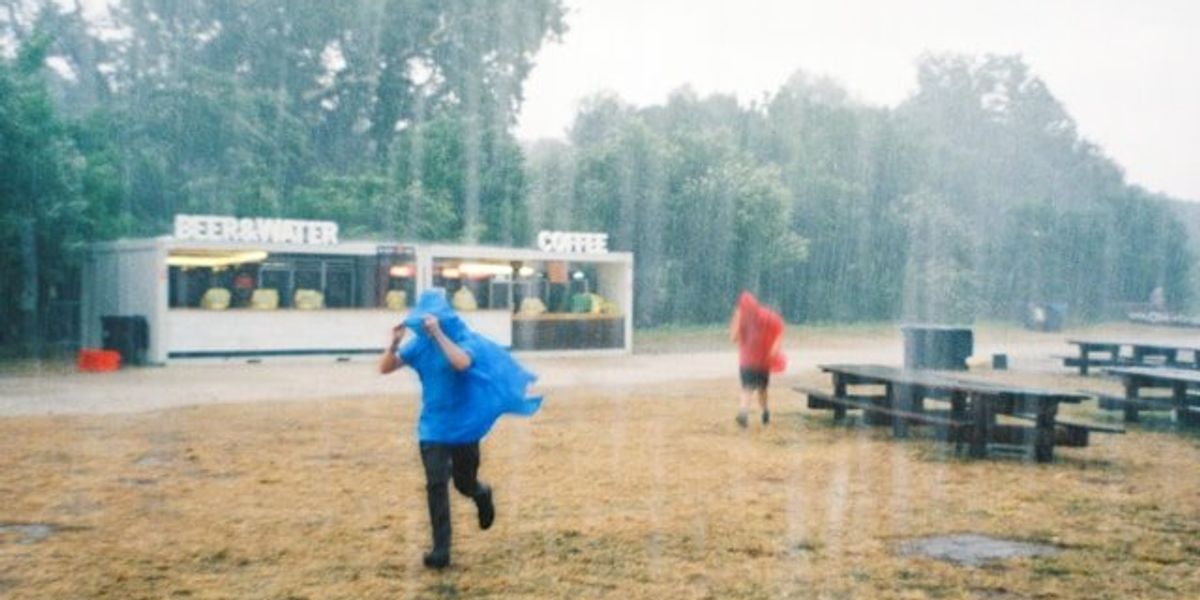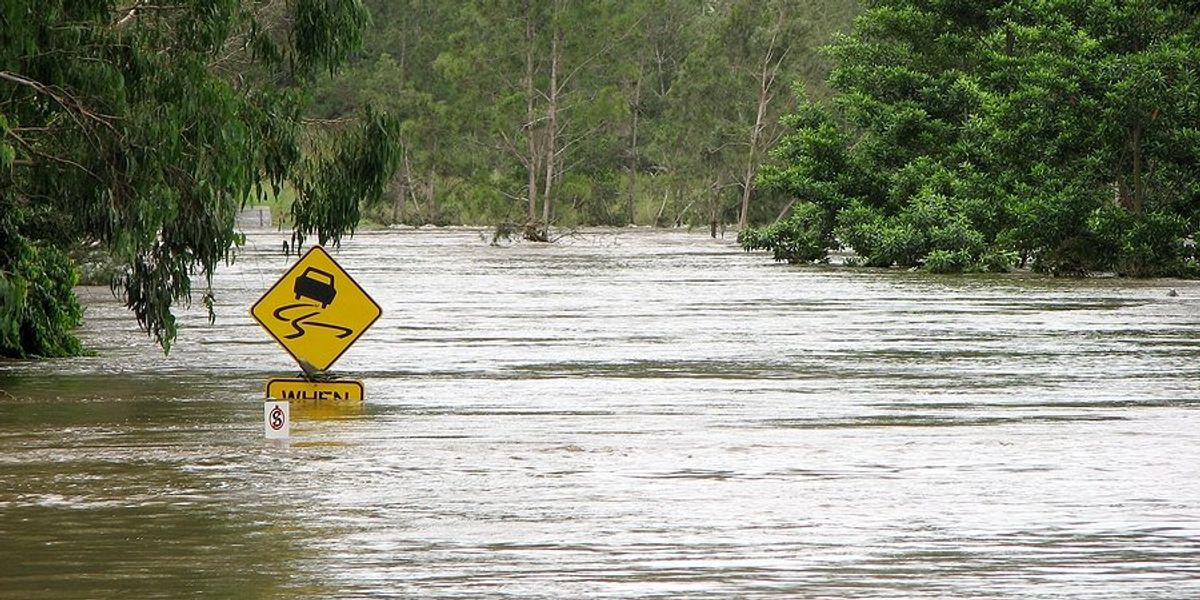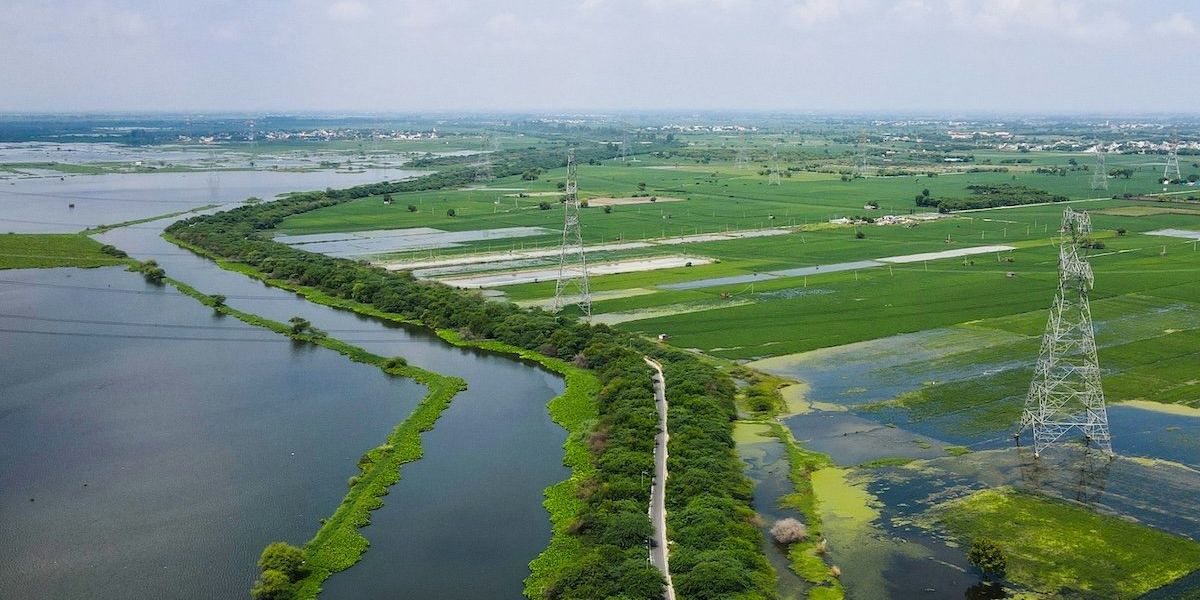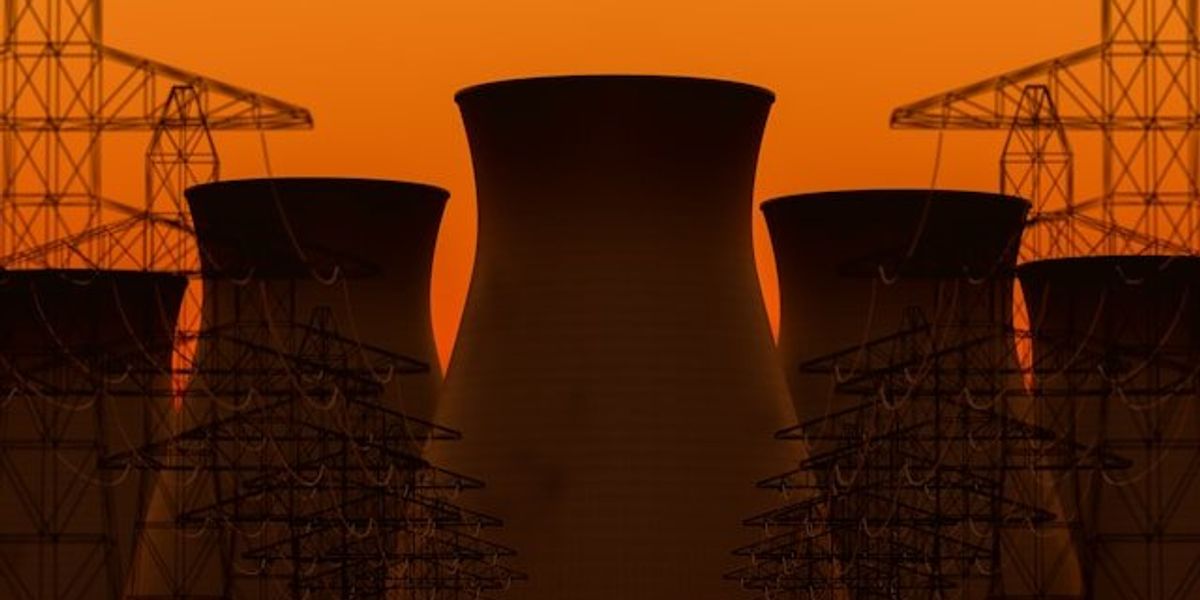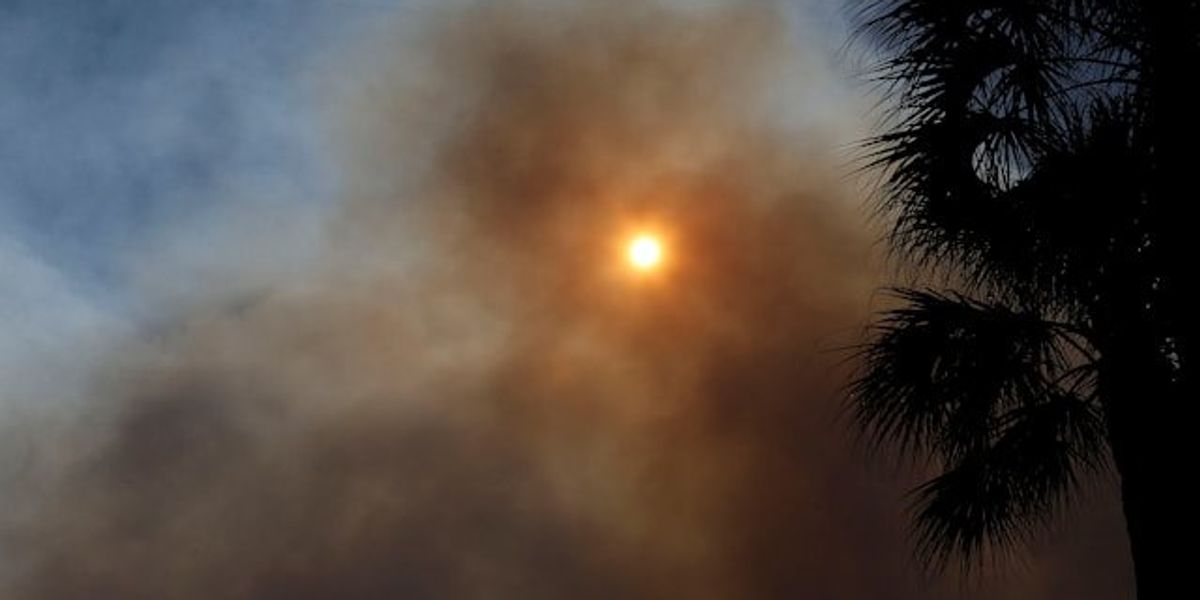
Federal funding freeze could disrupt disaster relief and environmental programs
A White House order to halt federal assistance pending a policy review has sparked legal challenges and raised concerns about its impact on disaster relief, environmental programs and social services.
Nicholas Kusnetz reports for Inside Climate News.
In short:
- A White House memo ordered agencies to suspend funding for programs not aligned with President Donald Trump’s policies, affecting environmental protection, disaster recovery and social services.
- A federal judge temporarily blocked the order after lawsuits argued it overstepped executive authority and could harm vulnerable communities.
- Although the administration rescinded the order on Tuesday, White House Press Secretary Karoline Leavitt posted on X that "the President's EO's on federal funding remain in full force and effect," creating widespread confusion.
- The freeze could disrupt clean water projects, air pollution controls and emergency aid, with some experts warning of national security risks.
Key quote:
“The law is unequivocal: Congress controls federal spending, and no executive action can bypass this authority.”
— Jillian Blanchard, Lawyers for Good Government
Why this matters:
A sudden halt in federal assistance could leave communities scrambling to maintain essential services, with impacts stretching from clean drinking water to disaster recovery efforts. The sweeping nature of the order poses disruptions to climate initiatives, food assistance programs and emergency management, raising alarm among state and local officials who rely on federal dollars to keep critical services running. Legal experts are already questioning the constitutionality of such a move, arguing that an abrupt withdrawal of funds could violate congressional spending authority.
Related: Trump halts billions in Biden-era infrastructure funding with executive order

